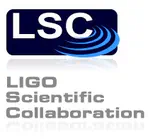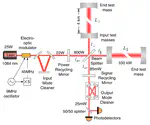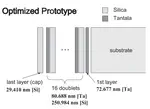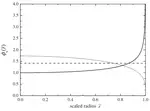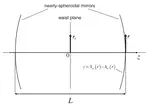GRAVITY
GRAVitational InTerferometrY
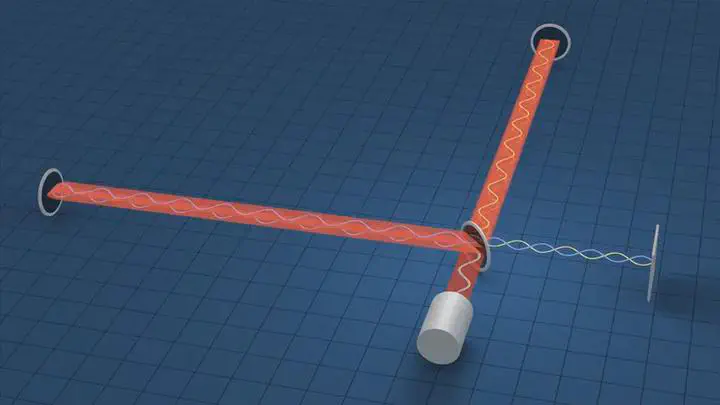
For gravitational-wave interferometric detectors like LIGO, the thermal noise of the test mass mirror coatings poses a significant challenge, particularly in the critical midband around 100 Hz.
The optical cavities central to the length-sensing mechanism of these detectors rely on mirrors with multilayer dielectric coatings to achieve the necessary high reflectivity. Traditionally, these coatings are composed of alternating quarter-wavelength layers of low- and high-index materials. While this design optimizes reflectivity, it does not minimize thermal noise due to the significant difference in mechanical losses between the two materials.
Since 2005, we have been active members of the LIGO Scientific Collaboration. In our research, we have developed a systematic approach to designing coatings that minimize thermal noise while maintaining the required reflectivity. This approach involves a periodic stack of identical high/low index doublets, each with a total thickness of half a wavelength and optimized material fractions, except for the terminal layers.
Mirrors incorporating this optimized design were fabricated at the Laboratoire des Matériaux Avancés in Lyon, France, and their performance was validated through broadband noise measurements using the Thermal Noise Interferometer (TNI) at the California Institute of Technology.
These optimized mirror coatings have been implemented in Advanced LIGO, significantly contributing to the achievement of the required strain sensitivity for the direct detection of gravitational waves.
Beyond coating optimization, we have also explored the use of specially shaped laser beams to further reduce internal mirror thermal noise. Our investigation focused on a family of hyperboloidal beams, for which we derived analytical bounds demonstrating their potential for noise reduction.
